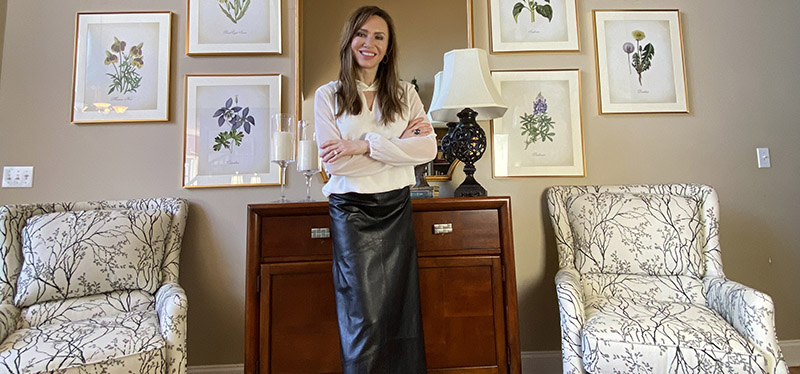By Julie Rorie
Between selecting furniture, experimenting with paint samples or hanging art, there are hundreds of small decisions that go into styling the perfect space. Even the slightest error in judgement can have a detrimental effect on a room. Use these insider tips to prevent a design faux pas in your home.
Buy Furniture that Varies in Height
Scale and proportion are the holy grail of design. If all of your furniture is the same size, your room will feel uninviting, and uninteresting.
Think of your room as a cityscape and fill it with a combination of heights, widths, and depths. Rooms need a stimulating mix of scale and shapes to make them feel right.
Choose the Right Rug
Rugs can completely transform a room and create a focal point of interest, but it can be hard to judge the correct size for your home. A rug should ground the space and encompass all seating around it. An appropriately sized rug tells everyone “this is the conversation area”.
Living rooms almost always need a rug that’s at least 8×10 ft. to 9×12 ft.
A 4×6 ft. rug is fine next to a bed, or in a kitchen/foyer, but will most likely not work in a living room. Area rugs should ideally be big enough to fit at least the front legs
of all chairs/sofas on them.
Be Careful Not to Hang Art Too High
Finding the perfect piece of art for your home is only half the challenge. The mistake happens when art is hung too high or in an inappropriate spot.
Hang art so that the center is at eye-level. If the art is to hang above a piece of furniture, hang it so that the bottom of the frame hits 3-4 inches above it.
Layer your Lighting
Lighting decisions might seem like a practical part of the design process, but it’s an aspect people
often misjudge. Lighting is incredibly important to any space. When lighting is washed over you from above, it can be unflattering and harsh. The best spaces have a plethora of light sources to create various ambiances.
Have lights on dimmers and from multiple sources at different heights, such as floor lamps and table lamps. Always choose soft white bulbs as harsh fluorescent or white lights make a space feel stark and uninviting. Warm lighting not only sets the mood, but also makes a room feel intimate and inviting.
Try Placing Furniture Off the Wall
People often fall into the simple styling trap of this linear arrangement which is not cozy or inviting and can discourage conversation. In the end, it doesn’t save or create more space.
Try conversational furniture placement, which focuses on grouping accents. Pull pieces toward one another and off the walls to create more intimate, useful seating. If you’re unsure, play with different groupings. The most common layout is facing a sofa opposite two arm chairs with a coffee table in the middle.
Julie Rorie
Interior Decorator, Closet Organizer
Facebook – Simply Posh Asheville
Instagram@simplyposhasheville
Email:
[email protected]

